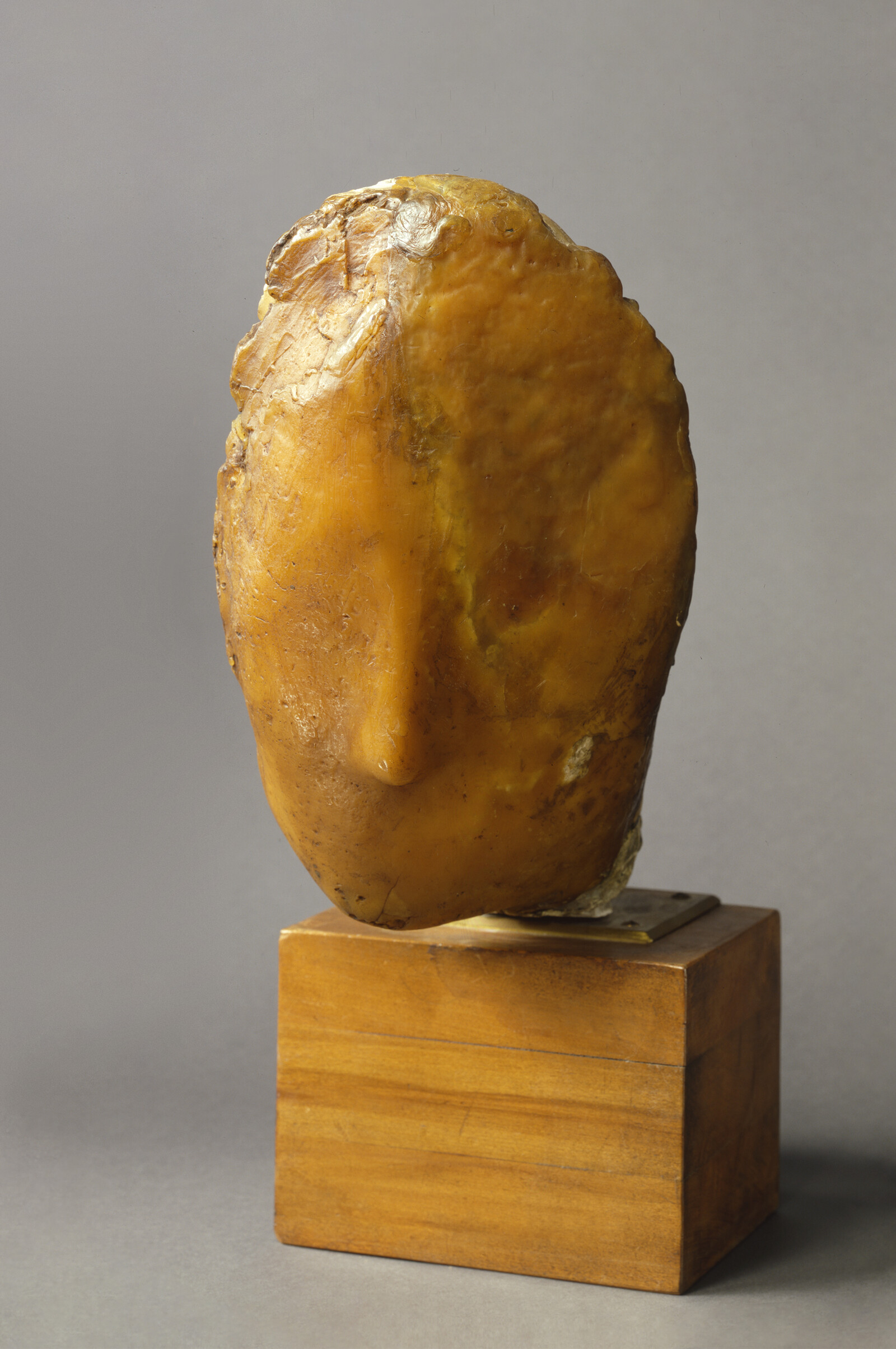November 11, 2016–May 13, 2017
3716 Washington Boulevard
St. Louis, Missouri 63108
United States
Hours: Thursday–Sunday 10am–5pm,
Friday 10am–8pm
T +1 314 754 1850
info@pulitzerarts.org
The Pulitzer’s fall exhibition examines the work of Medardo Rosso (1858–1928), a critically important, if under-recognized artist who played a crucial role in the development of modern sculpture. Medardo Rosso: Experiments in Light and Form explores the Italian artist’s radical efforts to render sculpture ephemeral and seemingly insubstantial through changing effects of light. It is the largest and most comprehensive Rosso exhibition to be presented in a U.S. museum, with nearly 30 sculptures—the majority of which have never been seen in this country—as well as about 40 photographs and 30 drawings. The exhibition is on view from November 11, 2016, through May 13, 2017.
With his unheroic subjects, from street urchins to nursing children, bookmakers, and more, as well as his efforts to “dematerialize” sculpture by rendering it sensitive to light, Rosso helped to expand the definition of sculpture for the modern era. His heads and figures appear to be caught in fugitive visual, physical, or emotional states. Fleeting “impressions” of modern life, they stand in marked contrast to the monumental, idealized depictions typical of so much traditional sculpture before and during the 19th and early 20th centuries.
Medardo Rosso: Experiments in Light and Form showcases the ways in which Rosso employed innovative methods of modeling in order to animate the surfaces of his works, in a way perhaps even more radical than his contemporary—and admirer—Auguste Rodin. The exhibition emphasizes Rosso’s unorthodox foundry techniques, in which he returned to the same subjects repeatedly, casting them in plaster, bronze, and wax, and frequently leaving behind evidence of the casting process that is traditionally removed. By intervening at various stages of the process, as well as with the finished sculptures, he rendered his highly worked surfaces sensitive to subtle illumination—effects that will be given new meaning by the mutable natural light in the Pulitzer’s galleries.
In addition to experimenting with sculpture, Rosso also elicited illusions of transience through photography and drawings. The exhibition includes photographs of his sculptures captured under various lighting conditions—including images that have been collaged, painted on, or cropped, and some photographs of photographs. Examples of Rosso’s drawings include intimate glimpses of figures engaged in everyday activities, as well as views of rooftops, city squares, and abstracted landscapes. Highlighting a lesser-known and heretofore little-studied facet of his oeuvre, they are presented as integral to the artist’s efforts to understand the effects of light.
In one gallery, visitors will be able to illuminate a sculpture in various ways, changing both the angles and intensity of light falling on the work to gain a tangible understanding of Rosso’s own experiments with the ways that light affects our perception of sculpture.
Medardo Rosso: Experiments in Light and Form will be accompanied by an expansive study of Rosso and his works that will include scholarly essays, photography of Rosso’s works viewed in the changing light of the Pulitzer’s Tadao Ando-designed building, and a fully illustrated exhibition checklist. Published by the Pulitzer and produced by the Seattle-based Lucia | Marquand, the publication will be released in fall 2017.
Pulitzer Arts Foundation
Pulitzer Arts Foundation presents experimental, progressive, and multidisciplinary exhibitions and programs, encompassing both historic and contemporary art from across the globe. Founded in 2001, the Pulitzer is dedicated to utilizing the naturally lit, contemplative spaces of its building—one of the country’s most celebrated examples of contemporary museum architecture—to create multilayered experiences that link the visual arts with other cultural forms and heighten audience understanding and enjoyment. Through diverse exhibitions and public programming, the Pulitzer seeks to deepen community engagement with art, and to inspire audiences to think differently about art and its relationship to their lives. Deeply committed to serving the broader St. Louis community, the Pulitzer is an integral part of the Grand Center arts district and the wider cultural and civic landscape in St. Louis.
The Pulitzer is free and open to the public Wednesday through Saturday. Hours are 10am–5pm on Wednesday and Saturday, 10am–8pm on Thursday and Friday. For more information: pulitzerarts.org or T 314 754 1850.
Press contacts:
Lucy O’Brien: lucyobrien.comm [at] gmail.com / T 646 590 9267
Stephanie Markovic: smarkovic.comm [at] gmail.com / T 347 628 4688


